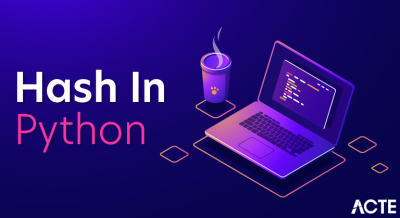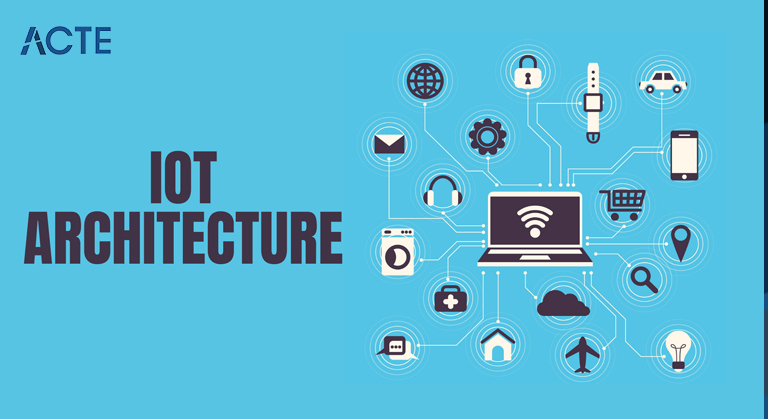
Introduction :-
The Internet of Things (IoT) era has an extensive type of programs and use of Internet of Things is developing so fast. Depending upon distinctive utility regions of Internet of Things, it really works as a consequence as in step with it’s been designed/developed. But it has now no longer a popular described structure of operating which is exactly accompanied universally. The structure of IoT relies upon its capability and implementation in distinctive sectors. Still, there’s a fundamental system primarily based totally on which IoT is built.
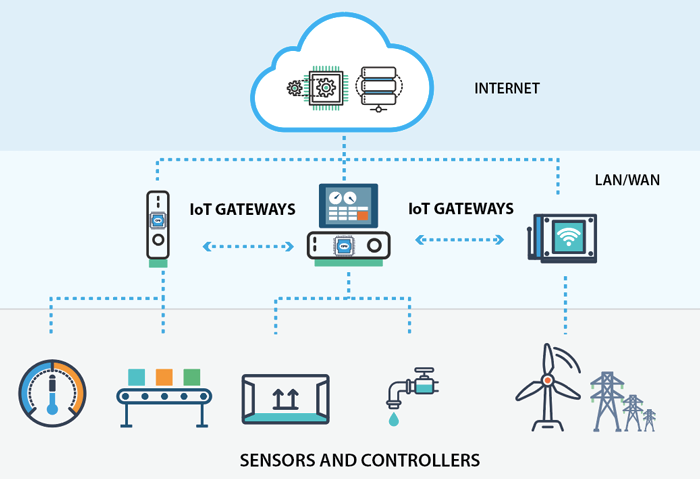
- Arduino.
- Platform IoT.
- M2M Labs Mainspring.
- Cinema.
- Device- Hive.
- AAX.
Tools :-
Vessel 2. It is used to construct fundamental IoT prototypes and programs. Eclipse IoT. This device lets in the person to develop, undertake and sell open supply IoT technologies.
Features :-
This would not want an excessive amount of in addition explanation. Things. Anything that may be tagged or linked as inclusive of it is designed to be linked. Data. Communication. Intelligence. Action. Ecosystem.
- Transport Layer: Convert and transfer sensor.
- Business Layer: Manages the complete IoT device.
- Processing Layer: Analyses, stores, and price.
- Perception or Physical Layer: Sensors gather.
- Sensing Layer : Sensors, actuators, devices are present in this Sensing layer.
- Network Layer : Internet/Network gateways, Data Acquisition System (DAS) are present in this layer.
- Data processing Layer : This is the processing unit of the IoT ecosystem.
- Application Layer : This is the last layer of 4 stages of IoT architecture.
Types :-
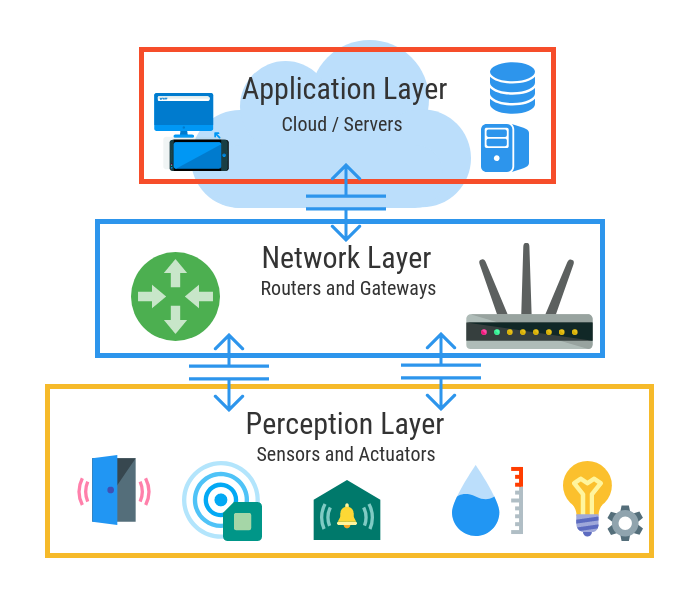
There are basically 3 predominant forms of IoT architectural contexts: utility unique, open platform and Network as a Service (Haas). This article summarizes the main tendencies in cease-to-cease, open platform IoT architectures in which scalability and interoperability are predominant riding factors.
- Healthcare is many of the predominant industries which have been leaders and forerunners within the adoption of the Internet of Things technologies. The purpose for that is that IoT structures assist to leverage excessive great care of sufferers and integrate it with long-run however big savings.
- Within healthcare, the important thing IoT programs consist of, however aren’t restrained to, enhancement of affected persons and employees protection and safety, discount of useless healthcare costs, and the availability of appropriate assistance on the proper time with the aid of using IoT-empowered clever scientific and emergency structures.
- In view of the massive populace demanding situations ahead, one of the best worries in healthcare is aged care and tracking of ailments like diabetes and heart-associated diseases.
- The example automatic monitoring system for elderly patients requires data collection and real-time analysis, network connectivity for access to the infrastructure services, and an application to support user interface and display.
- Therefore, its architecture must include body sensors to collect patient data, gateways to filter and forward the data, microcontrollers or microprocessors to analyse and wirelessly send the data to the cloud as well as a communication tool to transfer the data to a remote location like emergency service or healthcare provider for monitoring and tracking purposes.
- Thus, prevention plays a key role in providing better health for elderly patients. Therefore, it is no wonder that the Internet of Things is gaining ground especially in health monitoring, where reliability, security and real-time precise control are a must.
- The IoT architecture for the system consists of three stages: physical, communication, and application. The first layer features a multiple-sensor network that evaluates the patient’s vital readings such as nutrition, medical intakes, and physical activities.
- Also included in the physical layer is another monitoring network that consists of in-house sensors and actuators to maintain air quality, temperature, and to analyse and determine any hazardous conditions for the patient. The second layer includes OT devices that collect the information gathered by the sensors, translate it into meaningful data streams and transfer them to a back-end destination.
- The third layer is where data is received, stored, and processed using cloud-based data analysis engines and machine learning mechanisms. The resulting insights can be used to recommend the proper healthcare service for each specific situation or applied in further research or management purposes.
- The healthcare monitoring system presented must provide accessibility to different users. For example, the healthcare provider, the patient themselves, and any family members or caregivers. In view of this, one of the challenges of using IoT within healthcare monitoring is providing data security and privacy.
- Security can be achieved by having encryption when transferring the data. An example is the use of a microprocessor that ensures and provides a secure encryption communication method through a secure socket layer (SSL).
Importance of Iot :-
- IoT device structure is regularly defined as a 4-degree system wherein facts flow from sensors connected to “things” via a community and in the end directly to a company facts middle or the cloud for processing, evaluation and storage. On the Internet of Things, a “thing” can be a gadget, a construct or maybe a person.
- An IoT system consists of sensors/devices which “talk” to the cloud through some kind of connectivity. Once the data gets to the cloud, software processes it and then might decide to perform an action, such as sending an alert or automatically adjusting the sensors/devices without the need for the user.
How it Works?
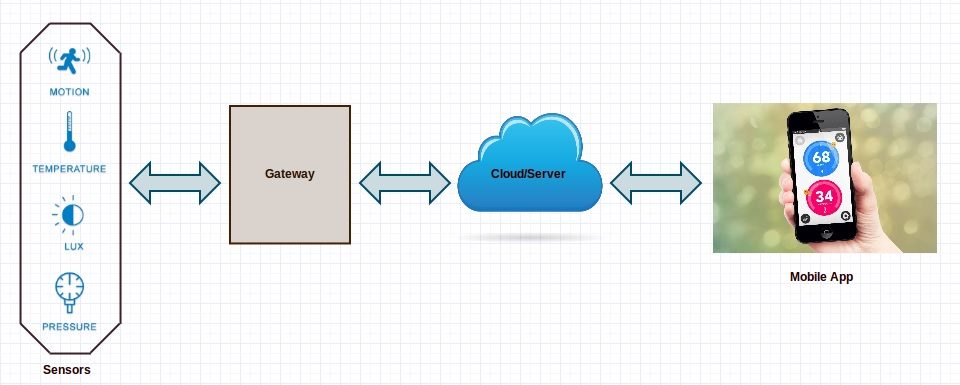
Why?
The reference structure has to cowl a couple of factors along with the cloud or server-facet structure that lets in us to monitor, manage, engage with and system the facts from the IoT gadgets; the networking version to speak with the gadgets. TRENDS IoT cybersecurity worries grow.
IoT improvements in fitness care. 5G allows greater IoT opportunities. Demand for specialized IoT facts control. Bundled IoT for the employer buyer.
- Boost operational efficiency.
- Improve merchandise and services.
- Open up new enterprise opportunities.
- Increase agility.
- Build the cap potential to scale.
- Create new enterprise models.
Benefits :-
Although this layer still functions in close proximity with sensors and actuators on given devices, it is essential to describe it as a separate IoT architecture stage as it is crucial for the processes of data collection, filtering and transfer to edge infrastructure and cloud-based platforms.
Conclusion :-
As said previously, IoT structure can also additionally range from technique to solution, however its middle includes the 4 constructing blocks which might be key in imparting the essential capabilities that make a sustainable IoT ecosystem: capability, scalability, maintainability and cost-effectiveness.
To permit oneself to be beaten with the aid of using the perceived complexity of the Internet of Things structure and now no longer to lose sight of the opportunities for enforcing appealing and future-evidence IoT projects.
While it is true that there are still tons of work to be done in terms of overcoming IoT technology fragmentation, upon looking back, it is quite evident that much effort has been done to date to integrate the vast range of technologies and standards embraced by IoT (examples: LwM2M, oneM2M) and there is hope for a more unified and standardised future.

